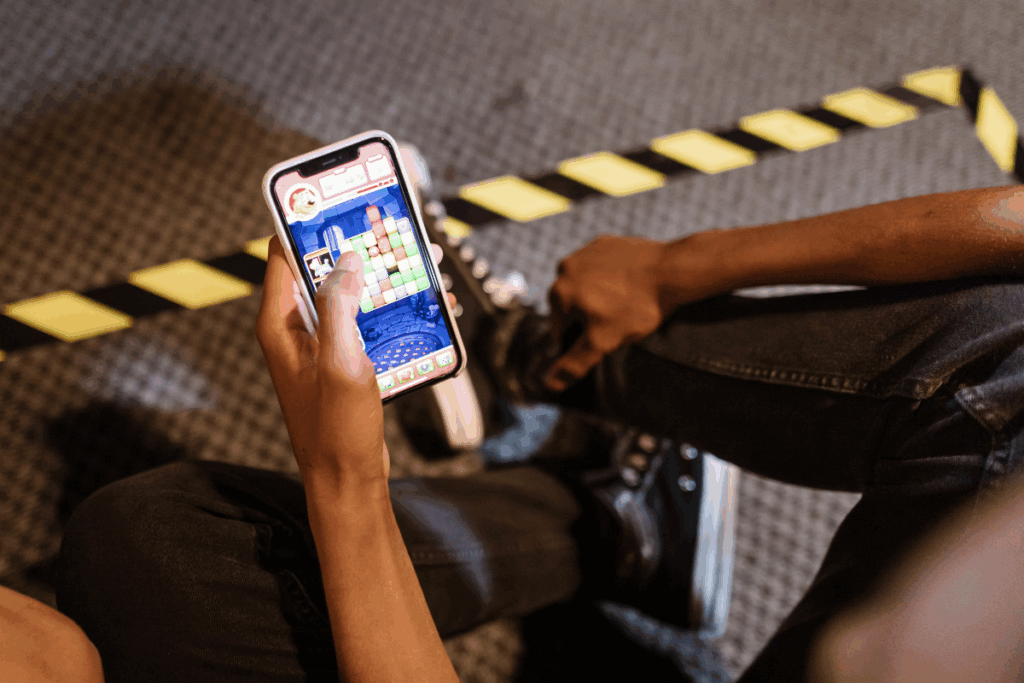Singapore, known for its cutting-edge tech infrastructure and digitally savvy population, is an influential player in Southeast Asia’s mobile gaming industry. With high smartphone penetration and a population that embraces digital entertainment, the nation has become a lucrative market for game developers. While global titans often dominate the grossing charts, a closer look at Singapore’s mobile gaming landscape reveals a complex ecosystem driven by genre preferences, effective monetisation strategies, and evolving player behaviours.
In this article, we delve into the top-grossing mobile games in Singapore, uncovering the dynamics behind their financial success, the dominant genres, the psychology of local players, and the role of live operations in maintaining engagement.
The Reigning Champions: Who Rules the Charts?
A glance at both the App Store and Google Play Store charts in Singapore paints a clear picture: a mix of internationally acclaimed titles reign supreme. Consistently featured among the top-grossing games are:
- Mobile Legends: Bang Bang (MOBA)
- MONOPOLY GO! (Casual/Board Game)
- Last War: Survival Game (Strategy/Survival)
- Royal Match (Puzzle)
- Whiteout Survival (Strategy/Survival)
- Roblox (Platform/UGC)
These titles dominate due to a blend of deep gameplay, social features, and robust monetisation models. Interestingly, while none of these are Singaporean-developed, their broad appeal and adaptable content strategies have allowed them to thrive in this digitally mature market.
Genre Dominance: What Do Singaporeans Play?
Singaporean gamers display a strong affinity for a variety of genres, with the most lucrative being:
- MOBA (Multiplayer Online Battle Arena): Mobile Legends: Bang Bang stands as a clear favourite, thanks to its fast-paced, team-based gameplay and strong esports presence in the region.
- Strategy and Survival: Titles like Last War and Whiteout Survival blend base-building with PvP competition, tapping into players’ desire for strategic depth and resource management.
- Puzzle and Casual: Royal Match and MONOPOLY GO! provide accessible entertainment for a broader audience, often relying on event-based content to retain interest.
- UGC and Sandbox: Roblox, though technically a platform, hosts an ecosystem of user-generated games, appealing to a younger demographic interested in creativity and social interaction.
The diversity of successful genres highlights the multifaceted nature of Singapore’s mobile gaming audience—ranging from competitive teens to casual adult players.
Monetisation Masters: How Revenue Is Generated
Top-grossing games are rarely the ones with the highest downloads; they are the ones that convert players into spenders. Successful titles in Singapore implement a wide range of monetisation techniques:
- In-app Purchases (IAPs): From character skins in Mobile Legends to extra lives in Royal Match, microtransactions are a primary revenue driver.
- Battle Passes and Subscriptions: These provide long-term engagement and predictable revenue streams. Games like Roblox offer VIP memberships and premium content access.
- Gacha Mechanics: Popular in RPGs and strategy games, gacha systems allow players to “pull” randomised rewards, leveraging the psychological thrill of chance and collection.
- Limited-time Events: Exclusive rewards and time-limited deals tap into players’ fear of missing out (FOMO), driving impulse purchases and recurring engagement.
By combining these methods, games optimise revenue across player segments—whether casual spenders or high-value “whales”.
The Power of Live Ops
Live operations (Live Ops) have become a cornerstone of modern mobile game success. Frequent updates, seasonal events, new characters or skins, and community challenges keep the content fresh and players engaged.
For example:
- Mobile Legends regularly introduces new heroes and skins, tied to major events or collaborations.
- MONOPOLY GO! rotates limited-edition boards and holiday-themed gameplay.
- Roblox thrives on constant user-generated content, keeping the platform ever-evolving.
Live Ops not only sustain revenue by encouraging ongoing play but also nurture player loyalty. A well-executed event can re-engage lapsed users and catalyse spikes in in-app purchases.
Local vs Global: Are Singaporean Games Competing?
Despite being home to a burgeoning tech ecosystem, Singapore-developed mobile games have yet to make a major impact on the top-grossing charts. The market remains dominated by international studios from China, the US, and Southeast Asia.
However, Singapore-based developers like Battlebrew Productions (creators of Battle Royale-style games) and The Gentlebros (Cat Quest) have gained international recognition, albeit with niche successes rather than chart dominance.
The challenge lies in the scale of resources. Top-performing games often require massive marketing budgets, global distribution, and continual content production—areas where smaller local studios may struggle to compete.
Market Snapshot: Singapore in the Southeast Asian Context

According to Statista, the mobile games market in Singapore is projected to reach US$293.3 million in 2025, with steady annual growth. While smaller in size compared to regional giants like Indonesia or Vietnam, Singapore boasts high average revenue per user (ARPU), making it an attractive testing ground for premium game content.
Its mature digital infrastructure, high smartphone penetration (over 90%), and widespread access to digital payment methods provide fertile ground for monetised gaming experiences.
The Player Profile: Why Singaporeans Spend
Understanding why players spend is essential to understanding a game’s financial success. In Singapore, spending is driven by:
- Social Connectivity: Games like Mobile Legends or Roblox create virtual communities, where players invest in status-enhancing content like avatars, skins, or VIP passes.
- Competitive Advantage: In strategy and survival games, paying can fast-track progress or provide exclusive units, appealing to those seeking dominance.
- Collection and Customisation: The appeal of unlocking rare characters or decorating in-game spaces (e.g., in MONOPOLY GO!) taps into collectors’ mindsets.
- Enhanced Experiences: Many players are willing to pay for convenience, such as ad-free gameplay, extra lives, or energy boosts.
This blend of motivations results in a balanced ecosystem of light spenders and hardcore fans, enabling recurring revenue across the board.
Conclusion
Singapore’s mobile gaming landscape is a microcosm of global industry trends, driven by a tech-forward population, a diverse range of game preferences, and sophisticated monetisation strategies. While international titles dominate the charts, there is immense potential for homegrown studios to rise, especially as regional content and local narratives gain importance.
The key to long-term success in this market lies in constant innovation, culturally resonant gameplay, and ongoing community engagement. Whether you’re a developer eyeing the region or a gamer observing the trends, Singapore’s mobile game economy is one to watch—and learn from.

